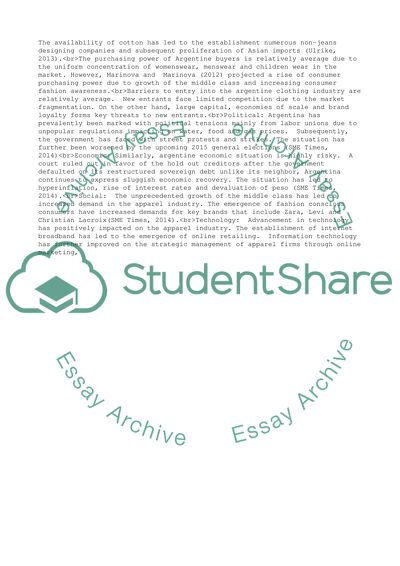Cite this document
(International business strtategy Assignment Example | Topics and Well Written Essays - 1750 words, n.d.)
International business strtategy Assignment Example | Topics and Well Written Essays - 1750 words. https://studentshare.org/business/1853706-international-business-strtategy
International business strtategy Assignment Example | Topics and Well Written Essays - 1750 words. https://studentshare.org/business/1853706-international-business-strtategy
(International Business Strtategy Assignment Example | Topics and Well Written Essays - 1750 Words)
International Business Strtategy Assignment Example | Topics and Well Written Essays - 1750 Words. https://studentshare.org/business/1853706-international-business-strtategy.
International Business Strtategy Assignment Example | Topics and Well Written Essays - 1750 Words. https://studentshare.org/business/1853706-international-business-strtategy.
“International Business Strtategy Assignment Example | Topics and Well Written Essays - 1750 Words”. https://studentshare.org/business/1853706-international-business-strtategy.


